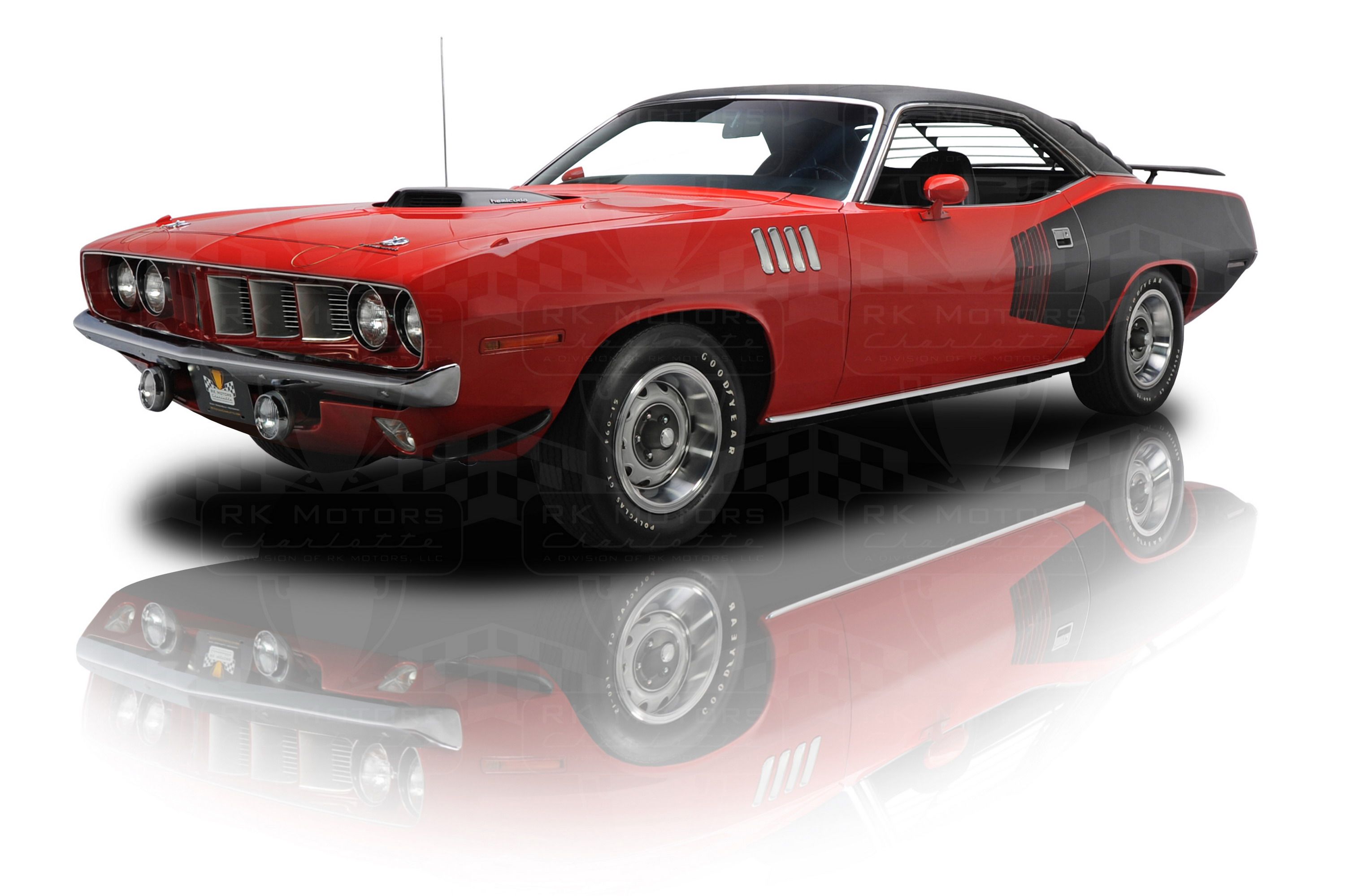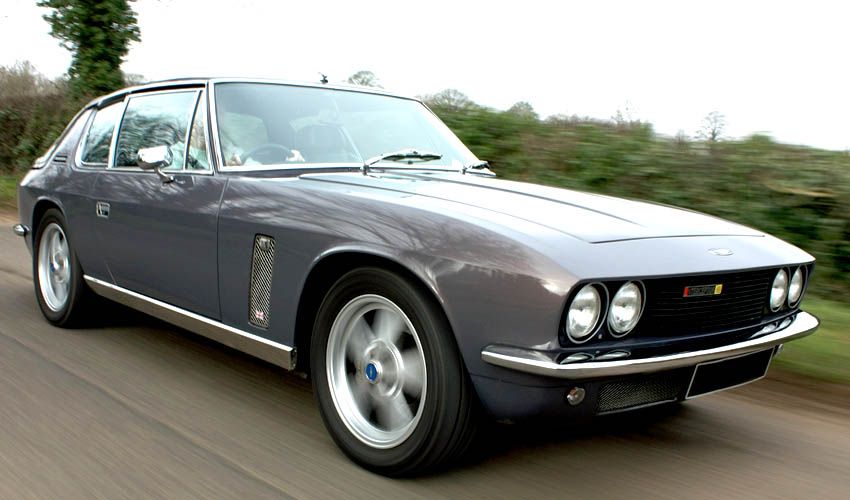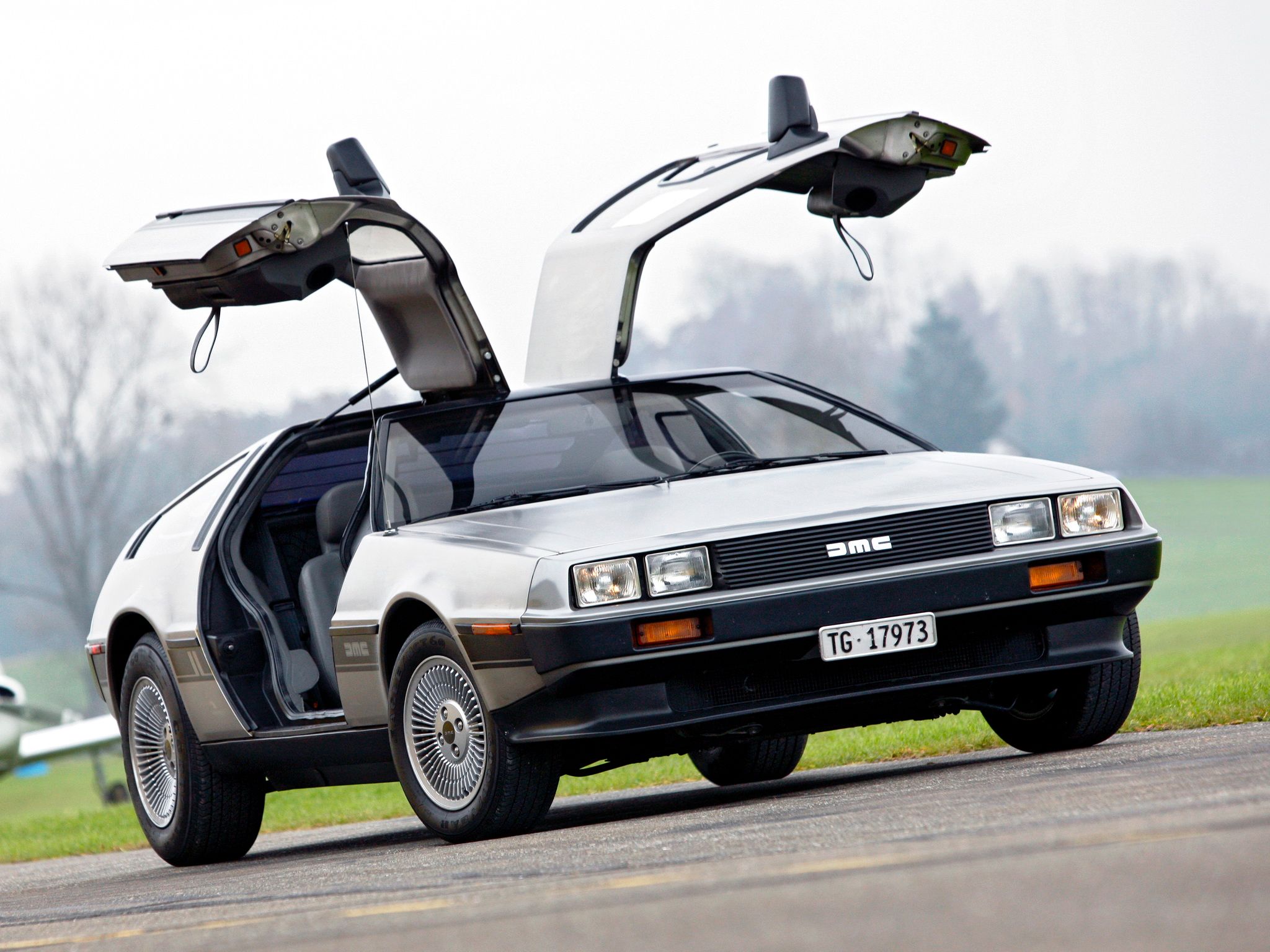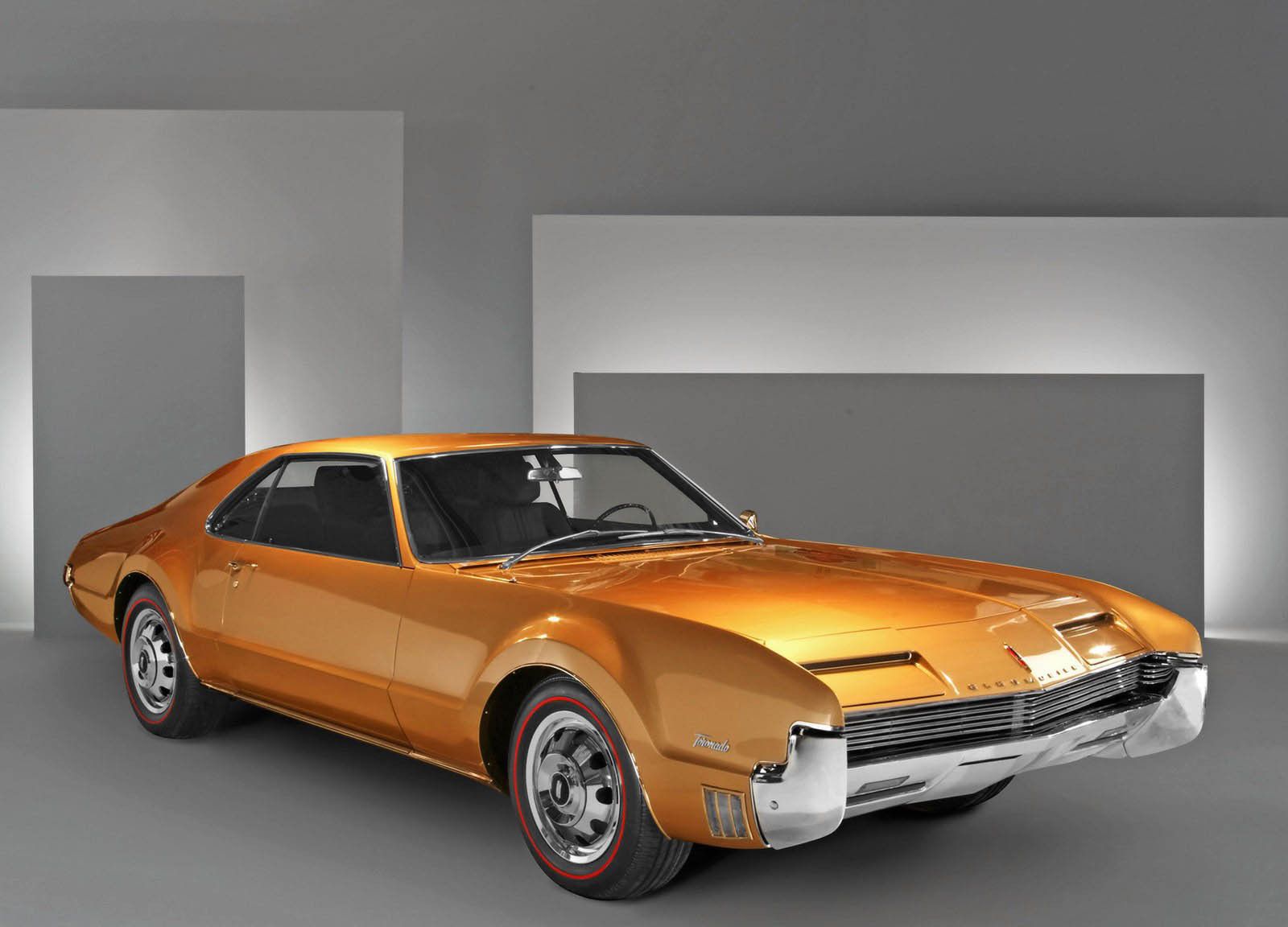The age of the muscle car is long gone as emissions, practicality, and motion-sensing take up the majority of the consumer space. It is understandable as the modern car has sophisticated comforts that were thought of as space-age technology thirty years ago. However, automakers gave in to the mainstream tradeoff, leading to bland design languages and lackluster engagement on the road. The muscle cars of the past were manual, heavy, and quite loud. Brands that based their flagships on this formula only appealed to a niche market, which often led to discontinuation. Muscle car automakers that survived the technological blitz had to rethink and diversify, resulting in acquisitions or partnerships that completely changed their offerings to the market. In an ideal world, of course, the old-time rock and roll brands would still produce their cars for willing buyers. The following is a list of those that are gone but not forgotten.
Pontiac
Pontiac happens to be the most searched brand. It could be for general knowledge or that the now-defunct still generates interest. Its roots can be traced back to Pontiac, Michigan, and the target market of this muscle car was the middle class. Unfortunately, the changing dynamics of the market and the apparently sinking sales are what sealed Pontiac's fate in 2009. If Pontiac were to be brought back, it would have the muscle car design language and compete with the likes of Dodge and Chevrolet. Particular candidates would make a hit in the market as well. The GTO was the flagship model when Pontiac was still around. It would have nothing short of a V-8 or V-6 engine generating something between the 400 to 500 horsepower range. Another potential candidate is the Pontiac Firebird Trans-Am. That would depend on the success of the Camaro as the Firebird would be based on the same platform and probably share the same engine.
Read our full review on the Pontiac GTO Judge.
Jensen
Jensen is the first British automaker on the list from the brothers Alan and Richard Jensen. Typically described as having European bodies and American engines, Jensen cars were the coolest cars to drive during the 70s.
Read our full review on the Jensen Interceptor R.
DeLorean
The DMC12 and its title as the radical car of the early 80s is synonymous with controversy, especially since it was John Delorean's first attempt at the automotive market. The former youngest GM division head wanted to create a car that was not only fast but ethical and sustainable. The power came from a 2.85-liter V-6 rated at 130 horsepower. Its power was still too low, and the gearbox linkage was very unreliable, resulting in breakdowns. DeLorean was very ambitious with his brainchild, but the mechanics and quality control were against him.
Read our full review on the DMC DeLoren.
Plymouth
Plymouth capitalized on the economic woes of the public during the depression by creating low-budget models for the American market. After the Second World War, carmakers utilized the technology developed to make stronger and faster cars. Rather than ramping up the costs, Plymouth continued to be considered the manufacturer of affordable vehicles. So when the 60s and 70s came around, Plymouth had become very successful and produced very attractive and powerful muscle cars that became market favorites. These included the Barracuda, Superbird and Hemi Cuda, which had large capacity 6.3- and 7.0-liter V-8 engines. These models are considered incredibly rare muscle car icons, but if Plymouth were to be reincarnated, its best bet would be to follow a revamp of these cars. The engines would be smaller, of course, and maybe even have hybrid technology as an olive branch to the emissions oriented.
Read our full review on the Plymouth Hemi Cuda.
AMC
American Motors is one of the lesser-known brands considering they went out of business in 1988, though they stuck around longer than expected. It was founded in 1954 and had been operated on a tiny budget. That being said, the brand was able to produce some creative muscle cars for the market, such as the AMX, AMX III and the AMX-GT. It was not always the case as the brand was known for producing safe and economical cars, but these were not selling. The newly appointed executive, Roy Chaplin Jr., proposed making performance cars with sharp handling and unique styling. The AMX became the crown jewel of the automaker's sports division, featuring a long hood, short tail and a 6.4-liter V-8 that produced 265 horsepower. If money was no object, its return would feature the same attractive but unique styling and a more efficient V-8 engine. The transmission could also be a seven or eight-speed automatic to replace the previous five-speed manual.
Oldsmobile
Founded as the Olds Motor Vehicle Company in 1897, it became part of General Motors after a decade. It was also the first brand to incorporate fully automatic transmissions. Oldsmobile prevailed through the years and had a few classic models like the Cutlass Supreme, which had a 5.7 four-barrel V-8 engine that generated 270 horsepower. Over the years, there have been concepts that could have saved the automaker, like the Alero Concept and the Profile. The Profile did feature some muscle car attributes like a supercharged V-6 that was good for 250 horsepower. For some reason, though, Oldsmobile did not put it into production. More of these models will be needed during a revamp if Oldsmobile is to be successful.
Read our full review on the 1967 Oldsmobile 442 Convertible.




